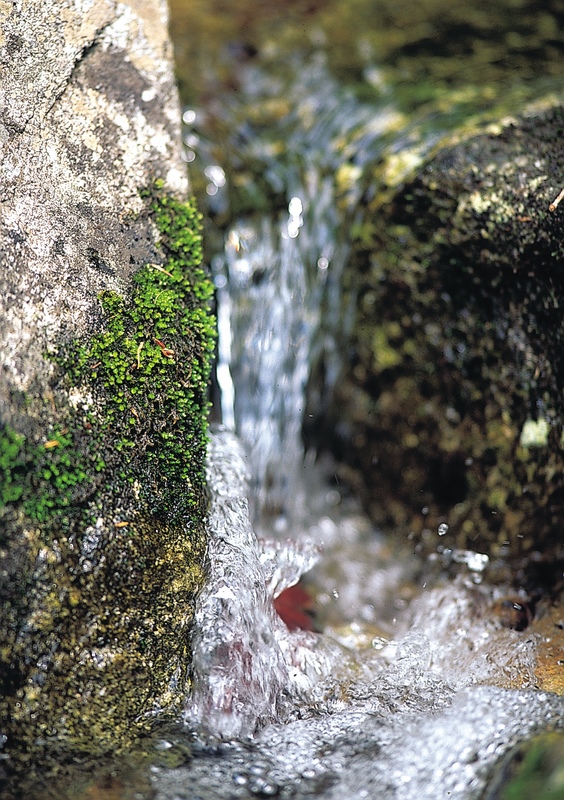The way we say the things we say
Many years ago while completing certification as an English teacher — post B.A. in English — I took a course on linguistics. Probably one the thing that stuck most from that class was an awareness of how we change both what we say and how we say it, depending on the others in the room. Flip a switch and your vocabulary adjusts, the level of sarcasm changes, and “filters” for prohibited topics kick in.
Now fast forward to today’s rapidly evolving technology world. I find myself adding another layer of techno-contextual adjustment to nearly every conversation I have. Is the person I am talking with techno-familiar, techno-phobe, techno-braggart? Is she an iPhone user? Have I heard him mention Facebook? Is her face buried in her Blackberry? Do I hear a txt msg notification buzzing in her pocket? Did he contact me by email? Are we having this actual conversation on Twitter? Does she print out her email? Did he just say something about AOL? Where did I see her look up that phone number? Does he have a landline? When the conversation ventured into the unknown, did we wonder aloud or Google it?
We collect these techno-portrait bits in every face to face and digital interaction, and we adjust accordingly. I sit in a meeting in my community and realize that sharing a newsletter by pdf or on a web site will eliminate 50% of the people in the room from ever seeking it, much less finding it. Ten minutes later, I mention having seen an article on my feed reader, and I get odd looks from many and one knowing nod among a group of ten. When the subject of travel comes up, I do not mention the fact that I will blog my China trip since I know (from a Twitter contact) that my blog is accessible there. How would I even explain that?
Linguistics experts say we learn the skills of situational language adjustment over time. Young children do not have these skills yet. Teens and young adults develop adjustment skills more quickly, and seasoned, sensitive adults can establish phyllo–like layers of subtlety in their vocabulary and speech. Our students have less experience and motivation for adjusting the what and how of what they say for the techno-levels around them. They may also have widely varying techno-levels among their classroom peers. But we expect them to function well at a techno-level unlike their own in our schools and in dialog with adults around them. No wonder they lose patience or simply do not want to bother.
What a conversation you could have today with your middle and high schools students, as well as with your adult work colleagues: How do you “read” the technology experience/expertise of those around you? How do you change the what and the how of your conversation because of it? Do you think you should have to adjust your language for others’ technology expertise/experience? Why or why not? How is such adjustment different from or comparable to other adjustments you make to your language all the time?






